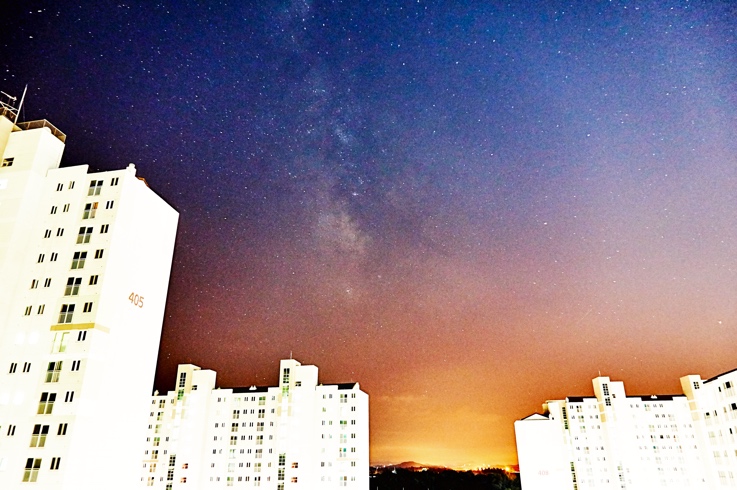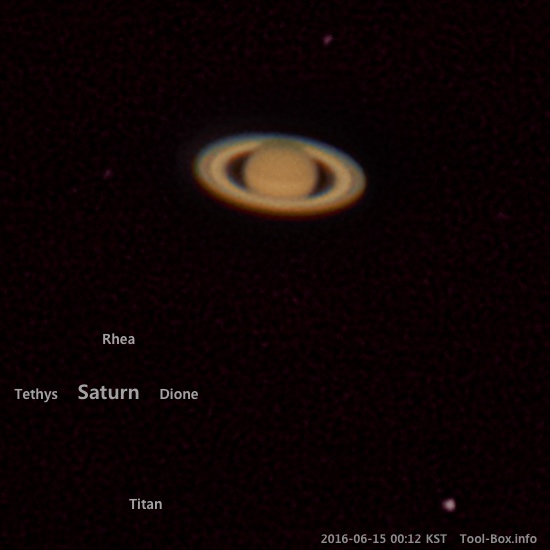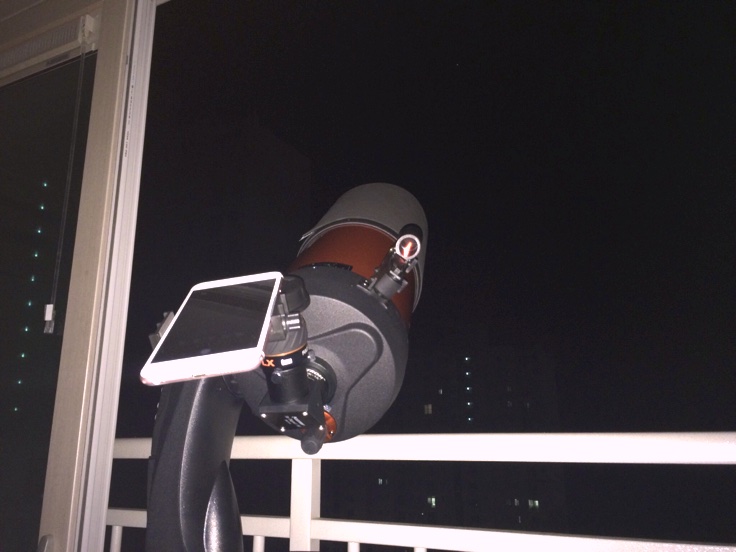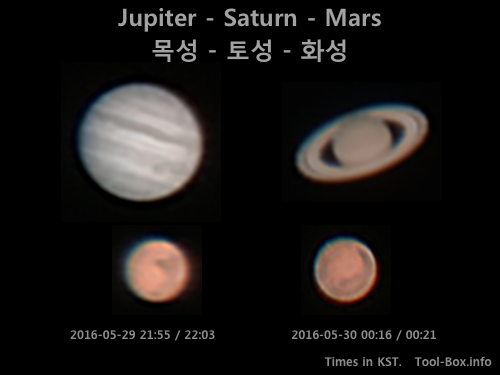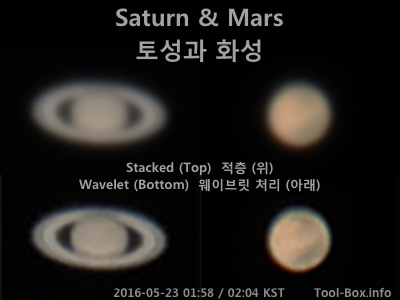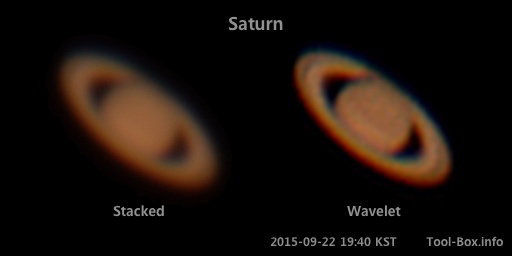Looking out the window to see the Milky Way
Posted by Wesley onA few hours after walking in the rain to see a movie yesterday, I was getting ready to sleep. Then I noticed that the sky was crystal clear, something I haven't seen in more than nearly two weeks (or three, in the night). Not to pass up this opportunity, I got my camera out. With so many stars visible, I wondered if the Milky Way Galaxy could be captured even with all the lights from the apartment buildings nearby.
After a few tries, it became clear that indeed it could be done, if somewhat faintly. Adjusting the levels, curves, and contrast brought out further details. Individual colour channels were untouched, yet the sky showed a very nice gradient. This may be an unintended affect of the light pollution near the horizon and I like how it turned out.
Device: Sony A5000 + SELP1650 (E PZ 16–50 mm F3.5–5.6 OSS)
Settings: 16mm - ISO 2000 - 20s - f/3.5
Filters: None
Time: 2016-07-08 00:44 KST
Location: Naju, Korea
